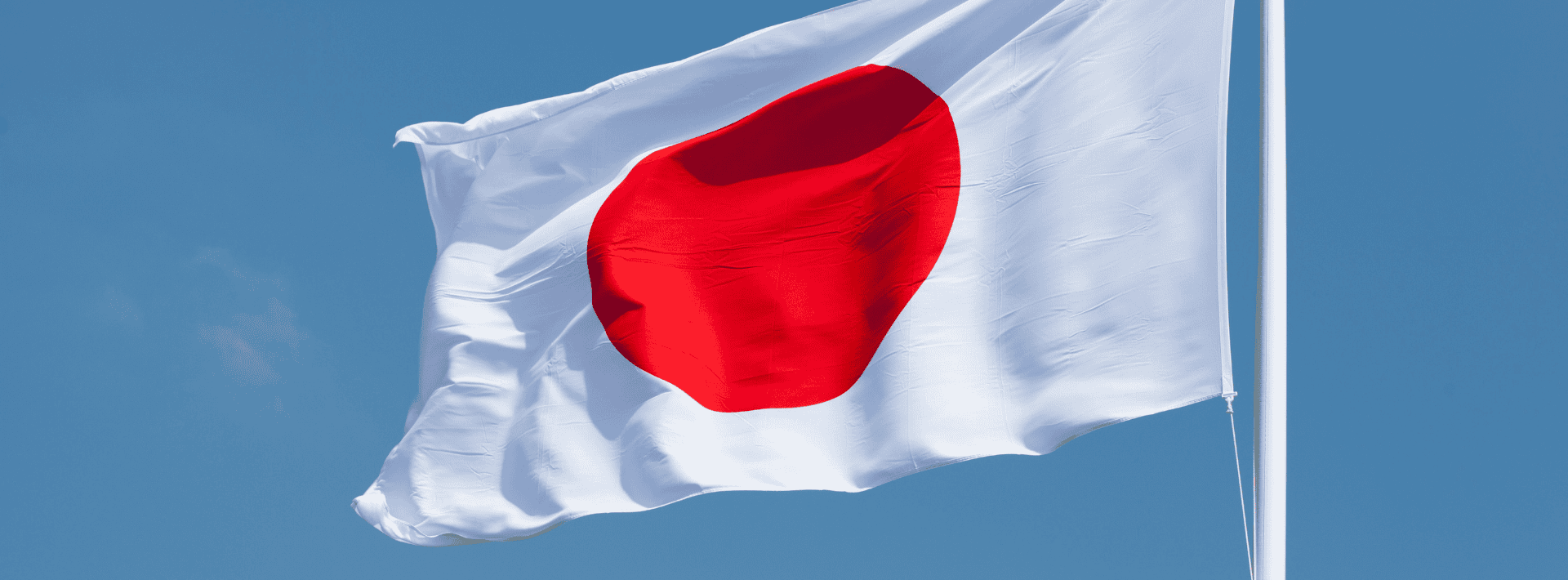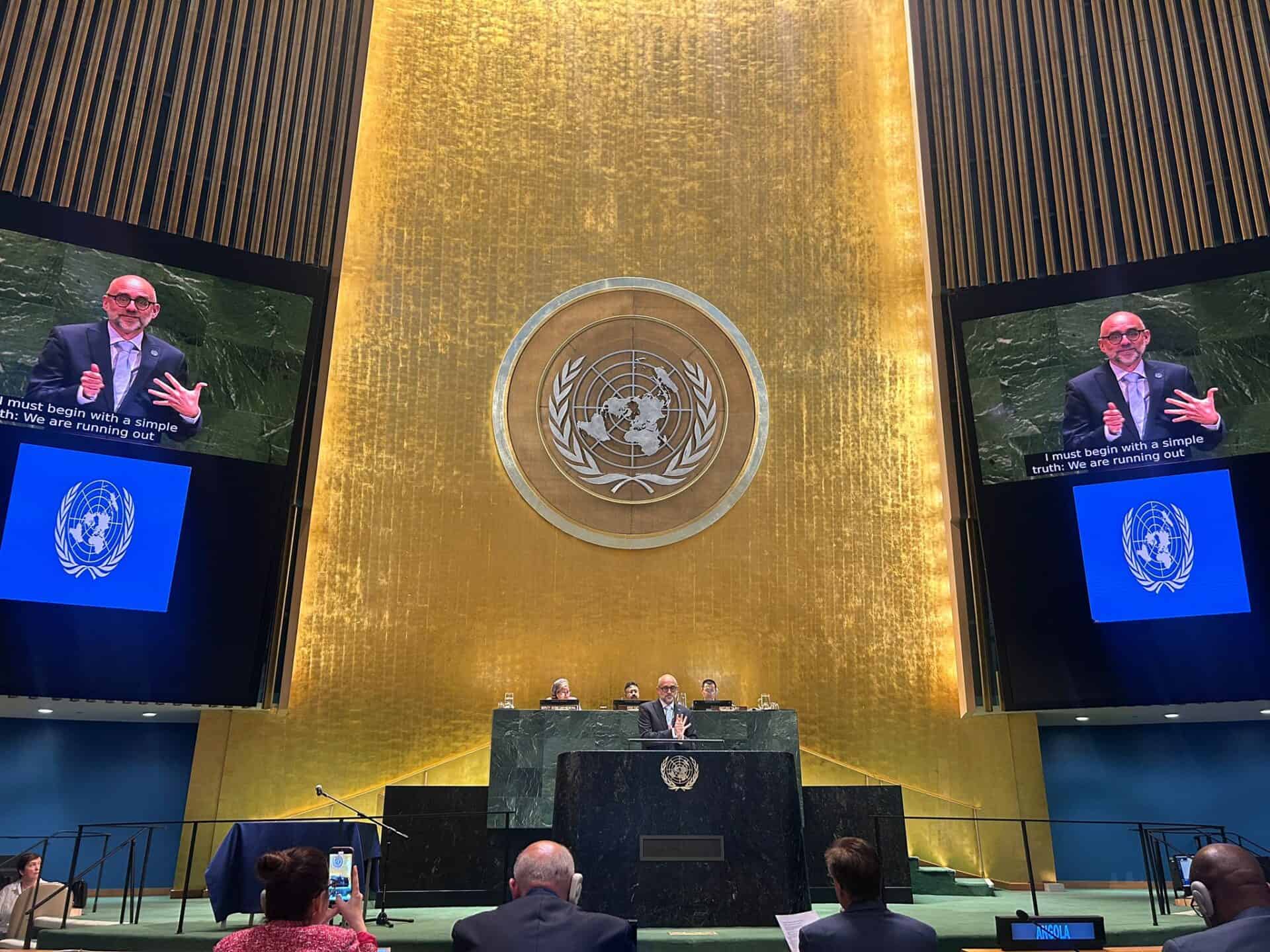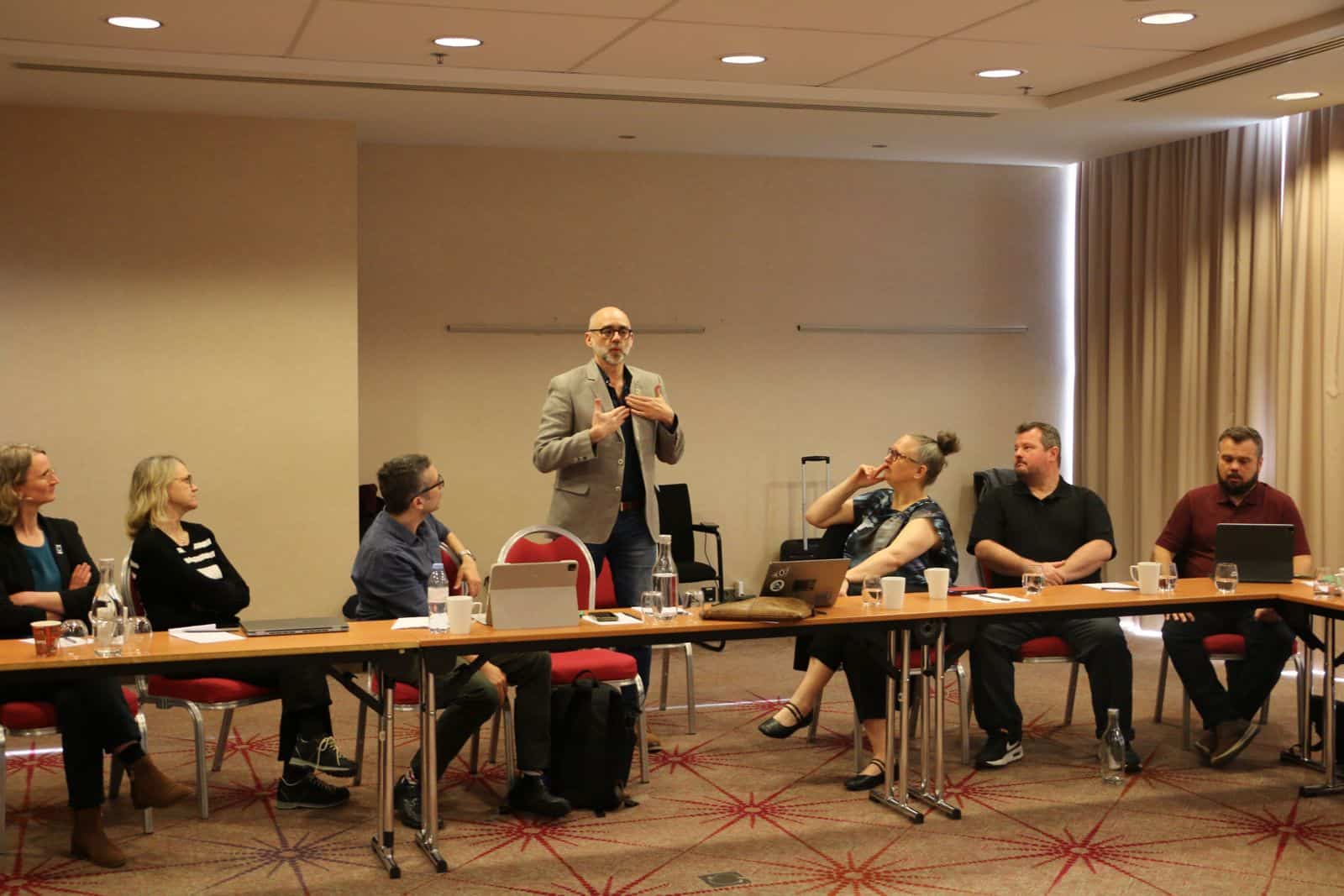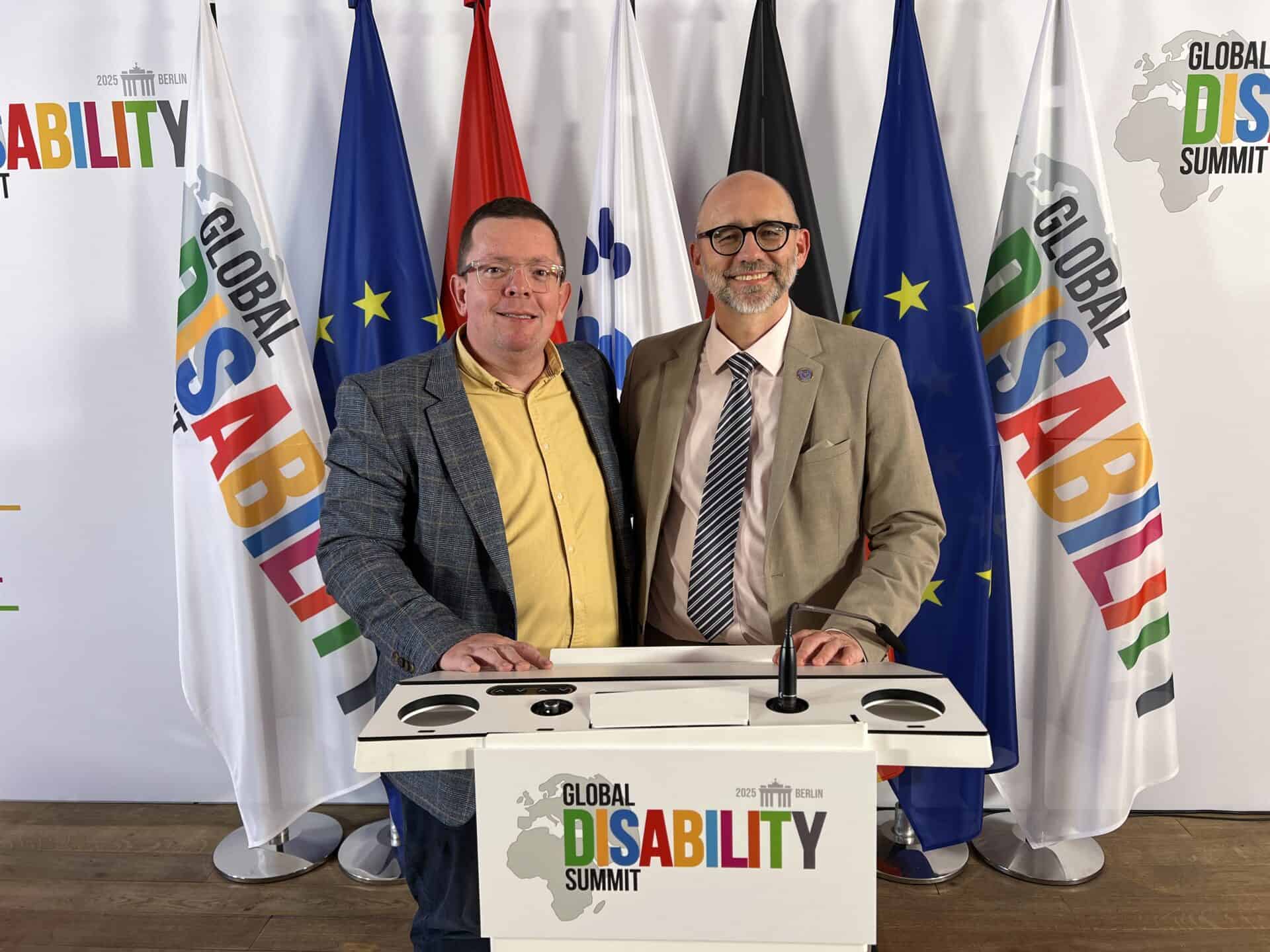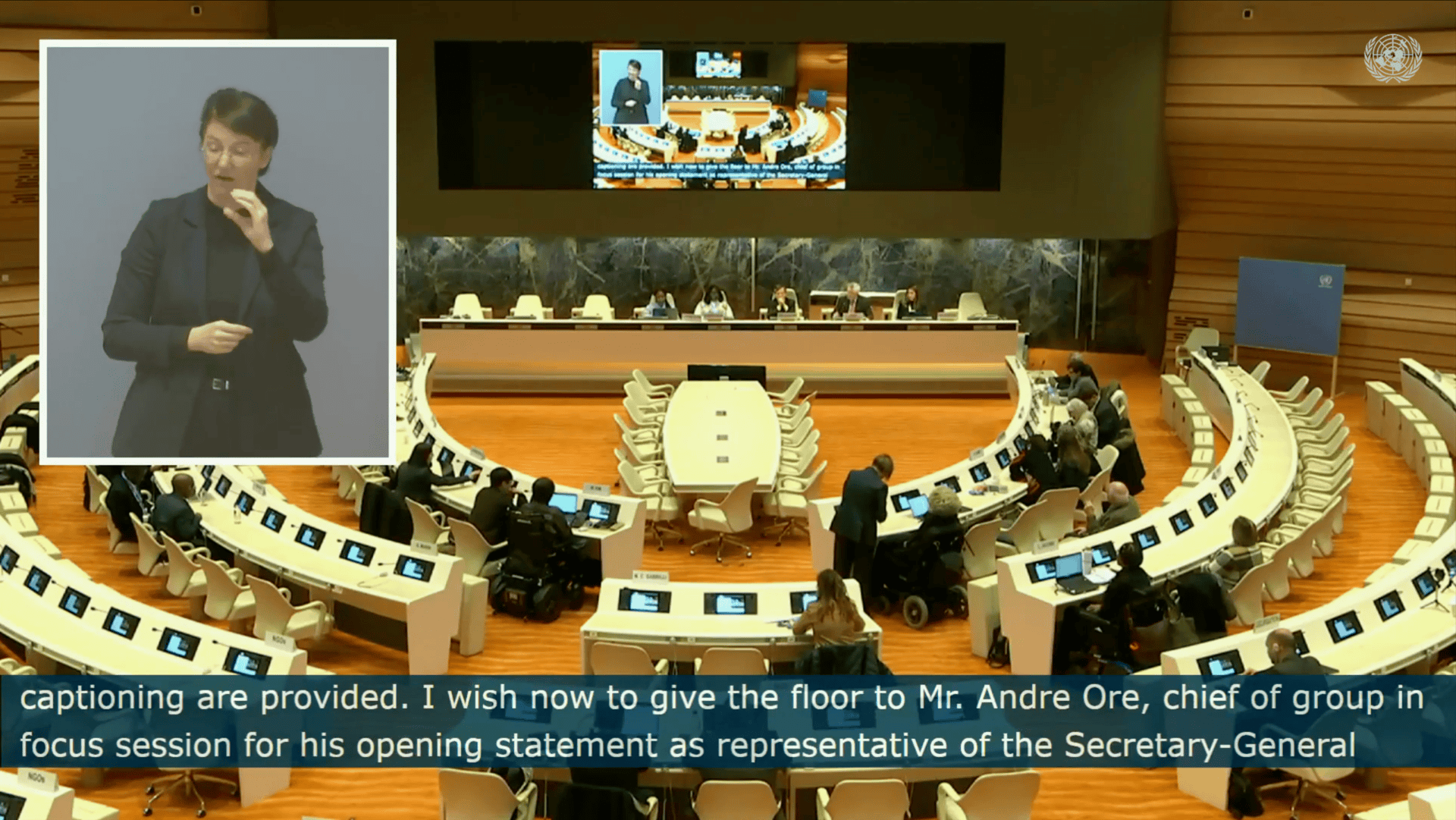Ms Monika Stobiecka, a Canadian deaf advocate, shares with us the important advocacy moves and tools to fight for the recognition of sign language(s).
BACKGROUND
When fighting for national sign language recognition, it can be difficult to speak to higher-up authorities on the subject. However, in February 2018, the world witnessed Canadian Prime Minister Justin Trudeau responding to deaf advocate, Ms Monika Stobiecka’s questions about the recognition of sign languages in Canada. Watch below or click here to see the video of Prime Minister Justin Trudeau responding to her questions.
https://www.facebook.com/jeffrey.beatty.94/videos/10155753574125862/
The opening to ask this question did not just come by chance: a lot of work and preparation happened beforehand. Ms Stobiecka gave her thoughts on Trudeau’s response to her question and tips on how you can also advocate for sign language recognition at home.
The International Day of Sign Language (IDSL) is an important tool to create awareness for the federal government to promote and recognise my country’s two national sign languages.
– Monica Stobiecka, Canadian deaf advocate
TOP THREE TIPS
1.Work with your national advocacy organisation that represents the Deaf Community.
2.Get the community together, all across the country, to bring attention to the issue of recognition of your national sign language(s).
3. Use the International Day of Sign Languages (IDSL) as a tool to promote awareness of your national sign language(s).
INTERVIEW WITH MS STOBIECKA
1) Tell us more about yourself.
Let me introduce myself a little. I’m 33 years old, born in Poland. I have more than three deaf members in my family: My oldest brother, two cousins and I were all genetically born deaf. My cousins had cochlear implants at 7/9 years old and are now 15/17 years old. I went to Plock Deaf School Preschool and Kindergarten (an Institute) until I left at age 7 and immigrated to Canada in 1990. I then attended Manitoba School for Deaf (Kindergarten) in late January of 1990. I completed high school and received a diploma in 2003. After graduating, I moved to Edmonton. 5 years later in 2008, I decided to study Health Care Aide in college. I have now a total of 13 years of experience in healthcare and 7 years as Health Care Aide. I am currently living in Parksville, on Vancouver Island, BC, where I moved to from Edmonton about 5 years ago and have been with my deaf fiancé for 7 years now. We have a deaf daughter Ewelina, who just turned 6 months this month. She is the second generation of deaf people in my family.
2) Briefly describe the town hall event with Prime Minister Justin Trudeau
Prime Minister Justin Trudeau held a public town hall event at Vancouver Island University in Nanaimo, BC at 11:00 AM on Friday, 2nd February. He spent a large part of the two hours to talk about job creation and growing the economy. The doors opened at 9:00 AM in the lower cafeteria for security purposes, and then we moved to the Gym for the event. I had secured three interpreters to interpret for this event two days prior, as the details about the venue and time would not be announced until closer to the date. The town hall was often raucous, and he faced a mix of cheers and boos on his arrival. He did a good job handling the audience. It was good to know upfront what the Government is doing on various issues. When he took questions from the audience, I had my hand up, wanting to be asked a question and an opportunity to talk. I had learned that at other public national townhalls that the Prime Minister had held, where Deaf people attended, none had a chance to make a comment or ask a question. At the Nanaimo, BC townhall, Mr Justin Trudeau pointed at me, and this meant I had my opportunity to use American Sign Language (ASL) and ask a question. I was delighted and honoured to have the opportunity to ask a question on behalf of the Deaf community.
3) Did you know before attending the town hall event that you would want to pose the question to Prime Minister Justin Trudeau?
Prior to the town hall event, in case I got the chance to ask a question, I shared some suggested ideas of what to say. Via text message communications, I collaborated with Lisa Anderson-Kellett, Director at Large, and Frank Folino, President of the WFD country member Canadian Association of the Deaf-Association des Sourds du Canada (CAD-ASC) to develop a statement and question about the recognition of ASL/ Langue des Signes Québécoise (LSQ) in Canada. It was the agreed wording that I signed in ASL to Prime Minister Justin Trudeau.
4) You mentioned in your question to Prime Minister Justin Trudeau that there are still barriers in Canada for deaf people. Can you share these barriers?
Yes, I mentioned about sign language not being recognised as a barrier as a deaf Canadian and I asked him if he would recognise ASL and LSQ with the upcoming federal accessibility legislation. In fact, it is ironic that there was a barrier happening as I was using ASL to ask the question. There was so much media at the town hall, lots of video cameras pointed at me and the audience while live streaming. I did not realise that my friends in Canada did not see me using ASL to ask questions, and they did not see the closed captioning (CC) of what Prime Minister Justin Trudeau said.
A team of friends (Frank Folino, Lisa Anderson-Kellett, Jeffrey Beatty, Darryl Hackett, Lindsay Carroll, Ravi Coughlan, Tim Lane and myself) looked all over for accessible news to share with our deaf Canadians, and in the end the group worked together to capture captioning from the 6 o’clock evening news to share with other deaf Canadians.
Mr Jeffrey Beatty did a lot of technical video editing trying to capture video footage from one news channel that had me using ASL, with CC added version to make a version with the interpreters and Prime Minister Justin Trudeau with captions in one video clip.
It was amazing to see all the communication and support throughout the day, with these dedicated people working to find a CC version that also shows me using ASL. Everyone only got to see what happened five hours later. I felt bad about this, as it was delayed accessibility.
This is another example of how accessibility needs to be improved in our country, and let’s hope the new accessibility legislation makes sure that this never happens again, and that deaf Canadians can get the full information in real-time.
5) Do you think there are enough deaf ‘voices’ in forums such as this town hall events? If not, why do you think so?
The only time there was an opportunity for a deaf voice was at the federal public consultations between July 2016 and February 2017. For the public town halls, there were a few deaf people who have shown up at numerous town halls (possibly 12 or more public townhalls were held across the country) in different cities across Canada, but they never were allowed to ask a question. Fact is, I am the first deaf person who was able to ask a question. This only happened after holding my arm up for about an hour, and not giving up, until Mr Trudeau point at me for a chance to make a comment and ask a question.
The challenge is that with 2,000 people gathered to take part in a question-and-answer session with the PM Trudeau, only 10-15 people were picked to ask questions out of 2,000 people in attendance. I was so glad to get to speak, and it was an awesome experience speaking directly to Prime Minister Justin Trudeau and getting such an important message out.
6) Do you think the United Nations International Day of Sign Languages (IDSL) is an important tool in pushing for your local government to recognise your national sign languages?
Yes, the International Day of Sign Language (IDSL) is an important tool to create awareness for the federal government to promote and recognise my country’s two national sign languages.
It will be helpful to get media attention on the IDSL in Canada as this year, it is also important for deaf Canadians to work hard and advocate to ensure our voice and that our sign languages are recognised and heard. Our sign language must be enacted into law and that is the message we will deliver this year.
Sign language is an important part of international multilingual diversity to communicate, and for exchanging emotions, feelings and ideas. It is the core and signature of one’s language and culture thus, it is important to be preserved and recognised through a federal legislation.
Recognising sign language will have a positive impact on the quality of life for Deaf people in Canada — ensuring they have rights from birth to adulthood — for them to have access to information, jobs, health, interpreters, deaf interpreter (if needed), movie captions, federal election debate interpretations, and much more. It will break down barriers to accessibility and to our sign language rights. The bottom line is that it protects the sign language rights of deaf people with a cultural and linguistic identity. It will keep and preserve sign language rights for generations. It means future children will have sign language rights without any threat of losing it.
7) In response to your question, Prime Minister Justin Trudeau mentioned that there are deliberations relating to the recognition of the national sign languages in Canada. Are you aware that sign language has been considered at the governmental level? In your opinion, what is the role of the WFD country member in Canada in ensuring that these deliberations lead to a successful outcome?
Yes, I am aware that there are deliberations relating to the recognition of ASL and LSQ in Canada’s federal government.
Before I proceed with answering this question, here is a little bit of background. It was in October 2015 that Mr Justin Trudeau was elected as the Canadian Prime Minister with a new Liberal government, and he then appointed Carla Qualtrough to be the Minister of Sport and People with Disabilities. It is the first time in Canada’s history, as we’ve never had that kind of minister that represents people from accessibility groups. Ms Qualtrough began her work with the process of accessibility legislation in Canada in December 2015.
I first learned about this from my friend, Lisa Anderson-Kellett, who is the Director at Large of the Canadian Association of the Deaf-Association des Sourds du Canada (CAD-ASC). Prior to the federal government’s “Accessible Canada” public consultation session in Victoria, BC, the federal government was travelling across Canada to gather perspectives of what should be included in the accessibility legislation. I participated in the public session to share what was important to me, which included ASL and LSQ recognition.
The second time I heard about this legislation was through mainstream media who published the article on December 1, 2016. The Minister of Sport and Persons with Disabilities at the time, Ms Qualtrough, spoke to members of the media, seen here.
In Canada, the WFD country member is CAD-ASC. In my opinion about what is the role of CAD-ASC, I see that the national organisation has a role in advocating at the federal government level, and in these meetings, sign language recognition is discussed. I have seen that the CAD-ASC President Mr Frank Folino, who is very involved in his community, has advocated for the rights of this community. He is very busy going to the country’s capital city, Ottawa, for all related meetings. I see him as committed to his role in promoting and protecting the rights of Deaf people who use ASL and LSQ.
I see the CAD-ASC fighting for our rights, for Deaf people across Canada to be able to use two languages: ASL and LSQ. I appreciate this because I can see the future is bright for us Canadian deaf citizens and for the future generations of deaf children. We hope this law will protect our rights to sign from birth, through adulthood in society. I hope barriers will be broken down. It is an exciting time and I look forward to seeing the federal government taking steps to recognise our language.
For more information, see CAD-ASC’s website here.
8) Prime Minister Justin Trudeau also mentioned about ‘Barrier-Free Canada’. What do you think are the most important factors in ensuring a barrier-free Canada for the Deaf Community?
Removing and preventing barriers so that deaf people can participate more fully in communities. This is an important step towards making accessibility a reality in our community. The accessibility of structures, functions and services in society helps to make life easier for all citizens to retain their independence. Barrier removal will decrease hardship for deaf people.
9) What would be your advocacy advice to readers who want their country to also recognise their national sign language(s)?
Work with your national advocacy organisation that represents the Deaf Community. Get the community together, all across the country, to bring attention to the issue to recognise their national sign languages. This can be done through actions such as rallies, spreading out petitions, getting individual Deaf Community members to go meet their members of federal government and share how important the issue is to deaf people to improve the accessibility in their lives.
10) The WFD plays an instrumental role in leading the development of both the CRPD (particularly the deaf-related articles) as well as the UN IDSL. What international advocacy work do you hope the WFD would undertake next?
I would like to see the WFD provide support and work with its country member national organisations to advance the human rights of recognising their national sign languages at both the national level and the international level.
The work is not done — actually, the work is “now.” Here’s hoping for a successful recognition of sign language in Canada and hopefully, we all can pass that accessibility law.
Thank you for giving me the chance.
SUPPORT THE WFD FIGHTING FUND
To ensure that the WFD can support as many country members as possible, donate to the WFD Fighting Fund here.
